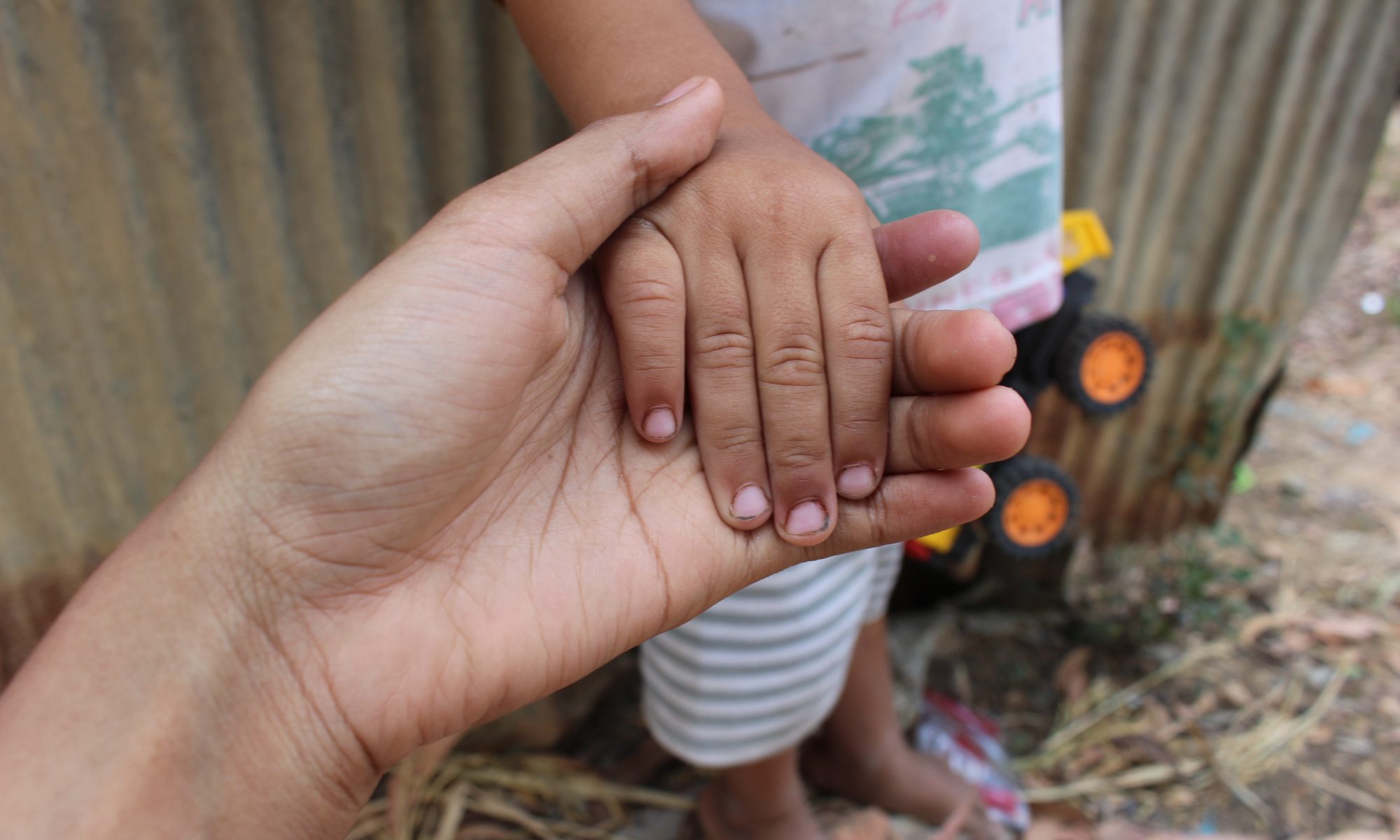The limiting reactant or can be called as limiting reagent is the reactant inside the chemical reaction. The limiting reactant tells the amount of product that can be makeup. We use the limiting reaction in order to find a possible solution to calculate the theoretical yield of the chemical reaction. In a chemical reaction, there is a limiting reactant because compound and elements react the way it is based on the mole ratio that is between them when we did the balanced chemical equation. What’s being called an excess reactant is the remaining leftover when the limiting reactant is complete.
To understand more about the limiting reactant topic, our chemistry teacher prepared us a lap called ” The SMORE Lab”. We used chocolate, marshmallows, and crackers to make s’more. We start off with
1. Writing the balanced equation for the making of s’more.
2. Define the type of reaction.
3. Record the total piece of the reactant.
4. The maximum production of s’more and give a reason why.
4. Figure out which is limiting and excess reactant.
5. Figure out the mass of each reactant on the scale.
6. Record the theoretical yield (mass) of s’more.
7. Make the s’mores
8. Write down the actual mass of one s’mores
We know which reactant was limiting because when we make three complete s’more, the pieces (cracker and chocolate) run out first. We then figure out the excess reactant because when we run out of chocolate and crackers, there are marshmallows left.
